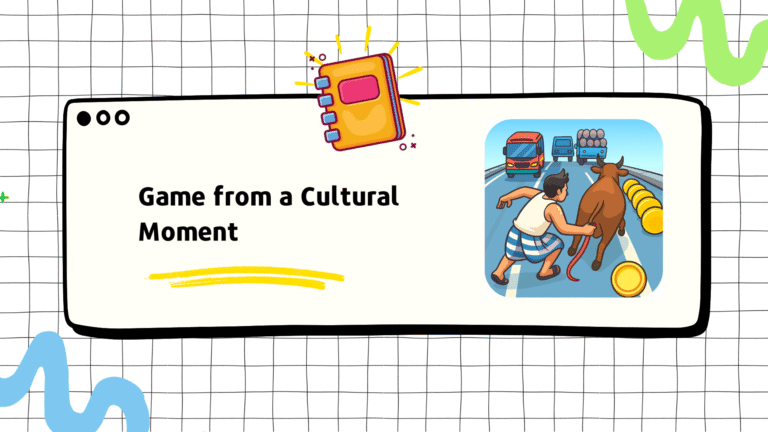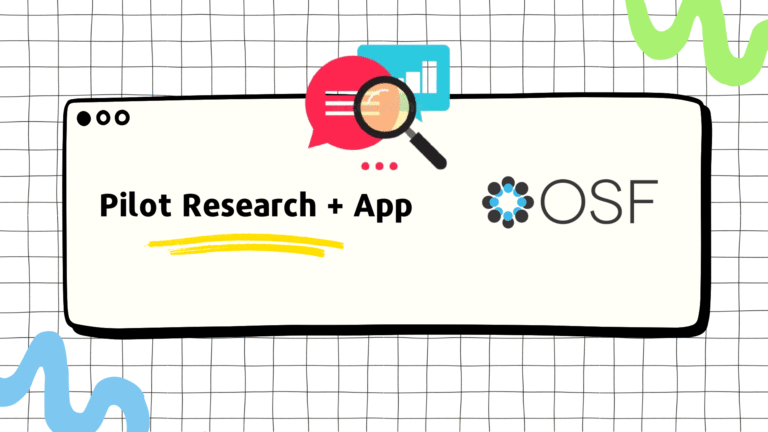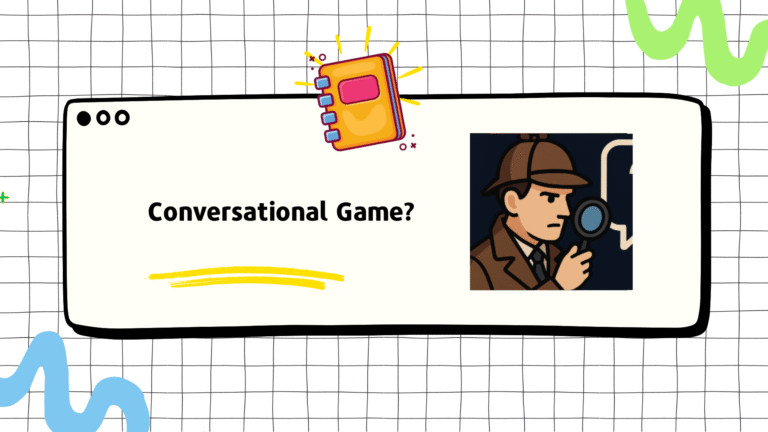Context
After analyzing hyper-casual trends, I noticed that first-person slicing games were gaining traction. From previous projects, I knew that slicing mechanics powered by third-party assets could deliver strong CPI (Cost Per Install). To add depth, I decided to integrate a bouncing disc mechanic, allowing the disc to ricochet off multiple planes and create dynamic interactions.
The idea was simple yet scalable: keep the core slicing satisfying while adding emergent complexity through disc bounces and enemy interactions.
Hypothesis
I designed a system where the slicing mechanic, combined with a custom bouncing disc, would:
- Provide an immediate sense of power and satisfaction.
- Encourage experimentation with timing and angles of disc throw, and also around different types of kill (slices)
- Scale across multiple levels with increasing complexity.
I believed that combining intuitive slicing + dynamic disc bounces + progressively challenging levels would boost engagement and retention, while keeping CPI low.
Process / Experiments
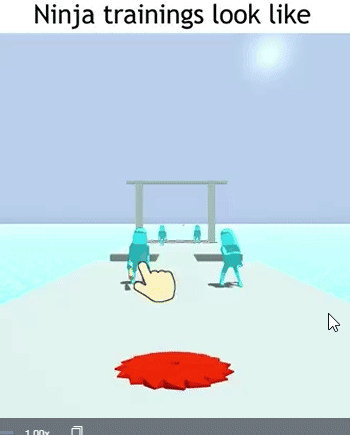
Initial Development
I used a third-party slicing asset with raycast-based detection for fast prototyping. The player path was initially handled with a third-party spline package. Early prototypes showed strong CPI and positive engagement metrics, validating the core concept.
Custom Path System
The spline package proved cumbersome for the 30+ levels planned. I built a custom path system using Unity gizmos that automatically stitched level parts under a parent path GameObject. This allowed artists to prepare levels independently and sped up iteration. It also improved precision for the bouncing disc, enhancing gameplay feel.
First Version: Observations
- CPI: $0.37, validating the core gameplay loop.
- Engagement: D1 retention was 31%, and cumulative D3 playtime was around 1400s which was great for hypercasual games
Iteration
With positive early KPIs, we iterated for the next 2 months, changing and experimenting with many different things
- Improved and new enemy behaviors.
- Added new worlds and more level variations.
- Expanded customization options.
- Shop with hands and different skins
- New worlds (total 10 worlds with 100 levels)
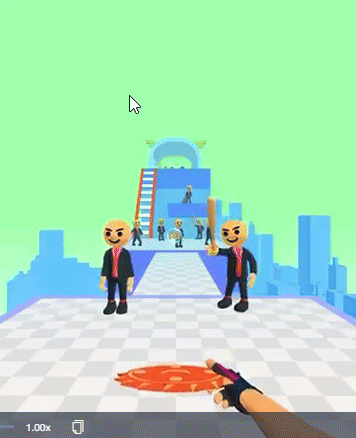
Initially, this increased loading times. I implemented Unity Addressables and soft referencing to reduce load times and make the system scalable.
Onboarding was tested via A/B experiments, and the winning variant was integrated, ensuring players could immediately understand slicing and disc mechanics.
- CPI fluctuated around $0.38 in the following tests, but eventually CPI rose slightly to $0.42, reflecting the typical trend seen in hyper-casual games.
- D1 retention improved and stabilized around 37%, but novelty effects slightly wore off.
- Cumulative D3 playtime increased and stabilized around 2600s, confirming that additional levels and variety retained player interest.
Scaling beyond initial success proved challenging due to increasing CPI versus not enough LTV.
Takeaways & Next Steps
Slice Disc taught several key lessons about hyper-casual design:
- Core mechanics drive engagement: The combination of slicing and bouncing discs created a satisfying, experimental loop that kept players engaged.
- Onboarding is critical: Early A/B testing showed that clear, intuitive onboarding directly impacts CPI and retention. Details discussed here
- Performance and scalability: Using Addressables and soft references ensured smooth gameplay as content expanded to 100 levels across 10 worlds without increasing the load time
Eventually, we had to drop this at the suggestion of our publisher. But we take away the learnings to the next games



